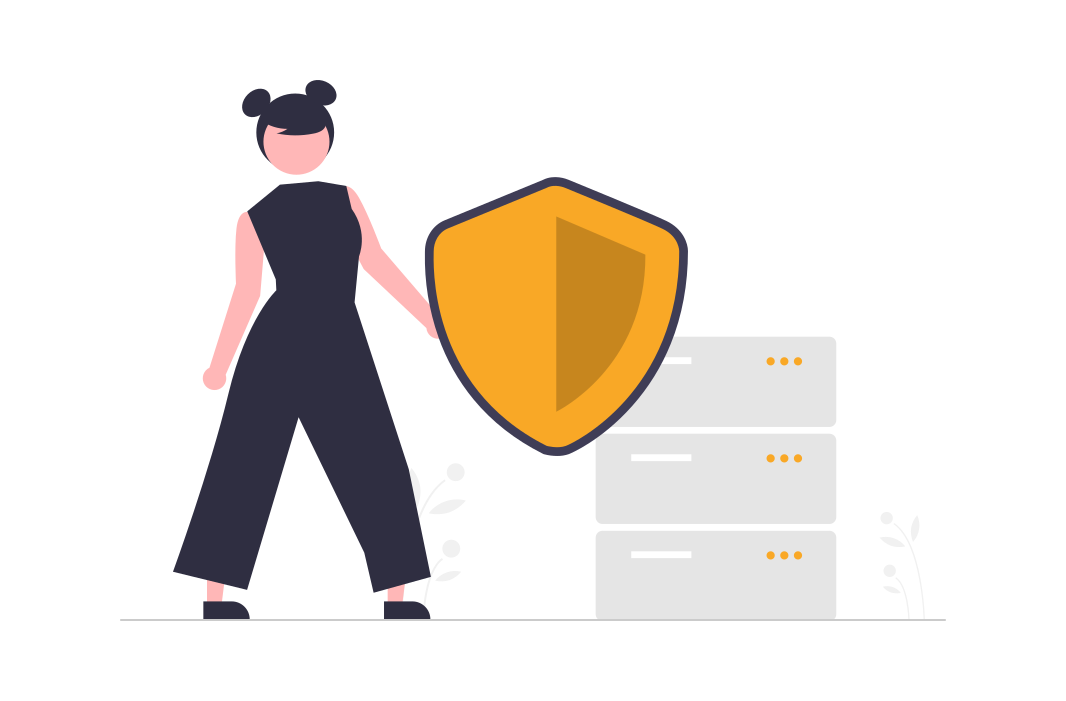If you’re one of the millions of people who have been hit by ransomware, don’t despair. Here are five simple steps to help you get your computer back to normal—and hopefully out of harm’s way.
Remove the malware from your computer.
If you are infected with ransomware, the first thing you will want to do is remove the malware from your computer. There are a few different ways to do this- each with its own set of pros and cons.
One way to remove the malware is to use System Restore or Recovery Manager. This will help you revert your computer back to an earlier point in time before the malware was installed. However, this approach has two disadvantages: First, it can be complicated to use, and second, it may not work if the malware was installed using a custom installation process.
Another option is to delete the malicious files. This can be done using Windows Update or by using anti-virus software. However, this approach may not work if the ransomware has encrypted files that are also required for your computer to function.
Finally, you can try removing the ransomware manually. This involves uninstalling the ransomware program from your computer and then restoring your system to its pre-ransomware state. This method can be difficult and time-consuming, but it has the advantage of being able to work even if the malware was installed using a custom installation process.
Reboot your computer.
If you have been the victim of ransomware, rebooting your computer is one of the most important steps in recovering.
Rebooting your computer :
- Will help to remove any malware that is installed on your computer.
- Can also help to fix any problems that may have arisen as a result of the ransomware attack.
- Will also restore your computer to its original settings.
- Is the quickest way to start the recovery process.
- This is the most crucial step in recovering from ransomware.
Perform a malware scan.
If you think you might have been infected with ransomware, it is essential to remove the malware as quickly as possible. A malware scan can help identify and remove any ransomware infections. Make sure to keep your software up-to-date to avoid any future ransomware attacks. Antivirus software can help protect your computer against ransomware attacks, but always back up your data first! Always use caution when downloading files from unknown sources!
So if you are ever faced with the unfortunate situation of being infected with ransomware, it is important to take the following steps:
1. Remove the malware from your computer as quickly as possible using one of the following methods.
2. Reboot your computer in order to reset your computer and remove any malicious programs that might have been installed along the way.
3. Perform a malware scan to identify and remove any ransomware infections.
Maintaining up-to-date antivirus software is also a good idea in this situation, but make sure to back up your data first in case of any unforeseen issues. Most importantly, remember to use caution when downloading files from unknown sources!
Update your software.
If you have been the victim of ransomware, there is hope. Here are 5 simple steps to recovering from the attack:
1. Remove the malware from your computer.
2. Reboot your computer.
3. Perform a malware scan.
4. Update your software.
5. Use a security solution.
When you are attacked by ransomware, your first goal should be to remove the malware from your computer as quickly as possible. Removing the malware can help ensure that your computer is not infected with more malware in the future and it can also restore important system files that the ransomware infection may have damaged. Rebooting your computer can help restore important system files that may have been damaged by the ransomware infection and can also help remove any other malicious software that may be installed on your computer. Finally, performing a malware scan can help identify and remove any malicious software that was installed during the ransomware infection.
Use a security solution.

There are a number of different security solutions you can use to protect yourself from ransomware. The most common ones include antivirus software, password managers, firewalls, and 2-factor authentication.
Antivirus software is the most basic form of protection. It will scan your computer for any malware while it is running, and it will also clean up any infections that are found. It is important to regularly install new versions of antivirus software to keep up with the latest threats.
Another important factor in protecting yourself from ransomware is passwords. Make sure to use strong passwords that are unique, and never use the same password across multiple websites. It is also a good idea to use a password manager to store all of your passwords in one place.
A firewall will block incoming traffic that might be malicious. This can help protect you from attacks that exploit vulnerabilities in your computer.
Two-factor authentication is a way to confirm your identity before you are allowed to access certain resources. This can be especially useful when using sensitive data, such as login credentials for online accounts.
Ransomware blocker software can help protect you from payloads that are designed to encrypt your data and demand payment in return for the decryption key. These programs will stop the attack before it even starts, and they usually offer a free trial period so that you can test them out first.
If you take the time to follow these simple steps, you can recover from ransomware attacks. If you have been affected and/or recovered from any ransomware attack, please help others by informing them here in the comments section and joining the fight against cybercrime. For any further discussion visit our Discussion Forum on web security.


